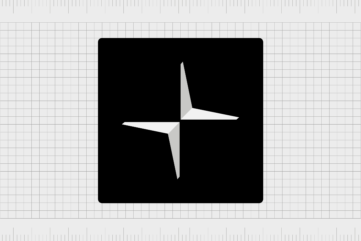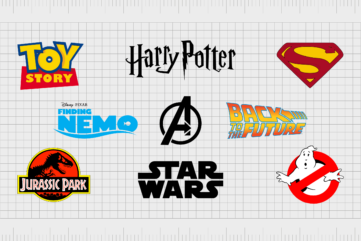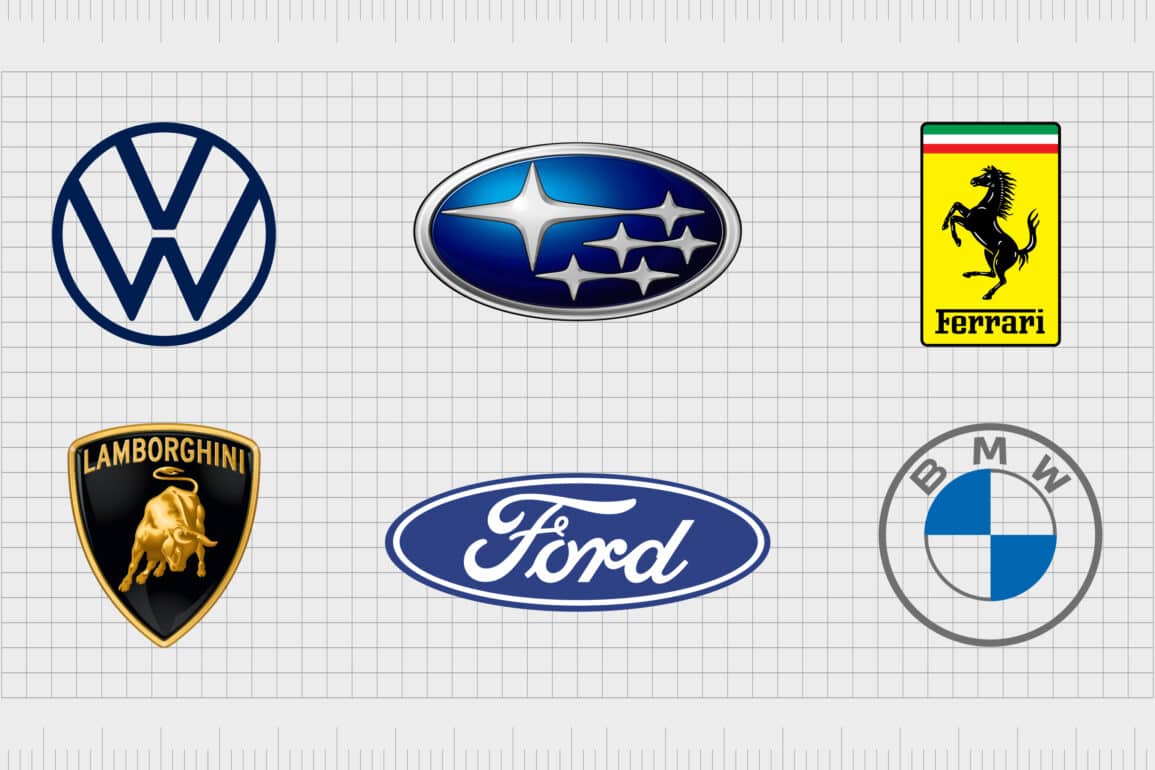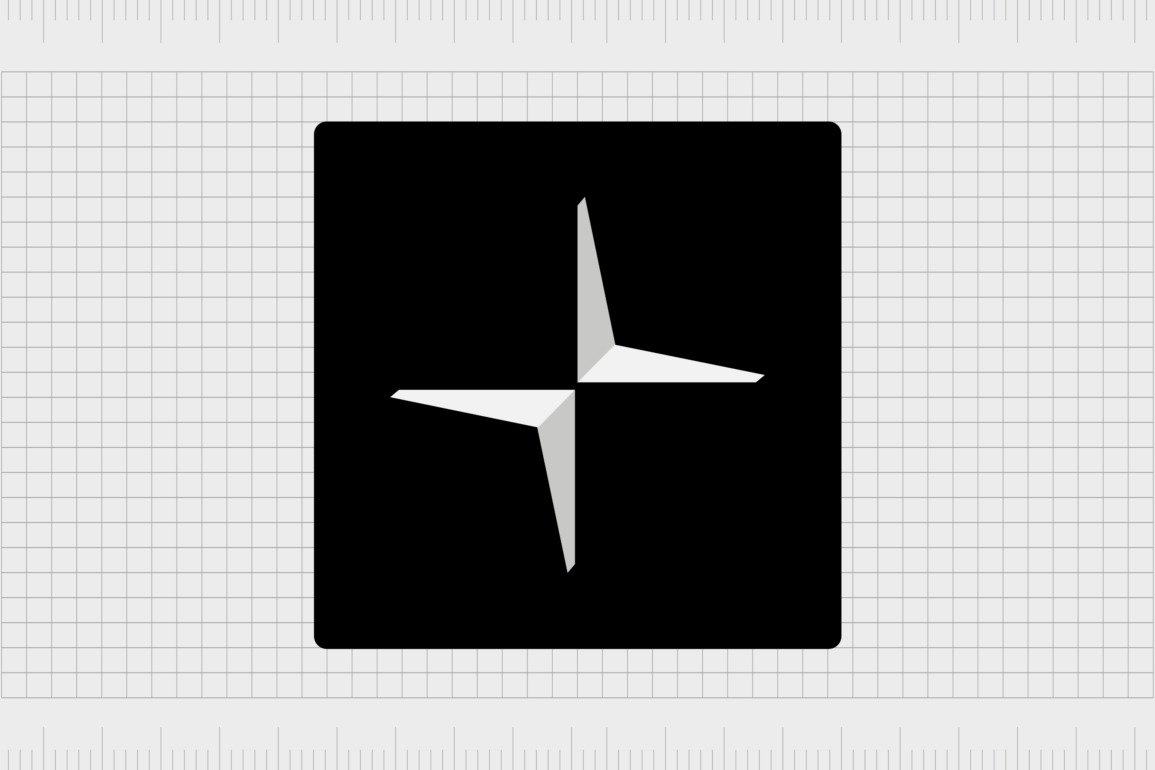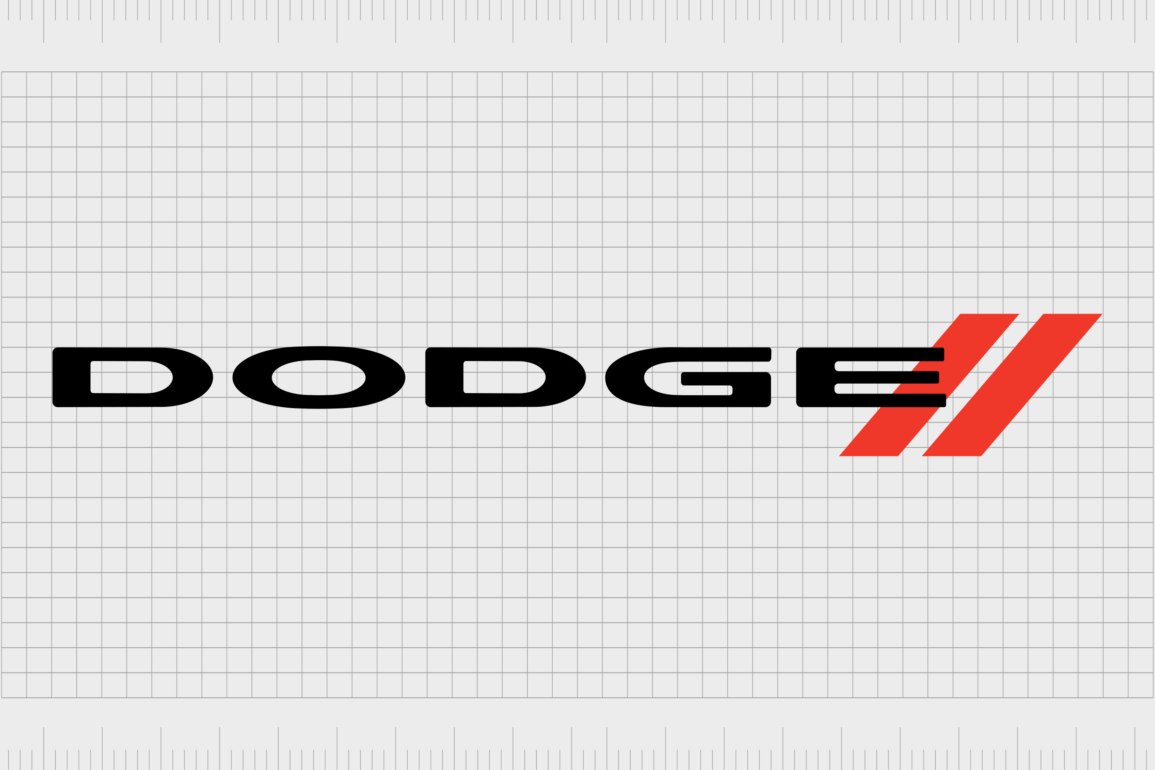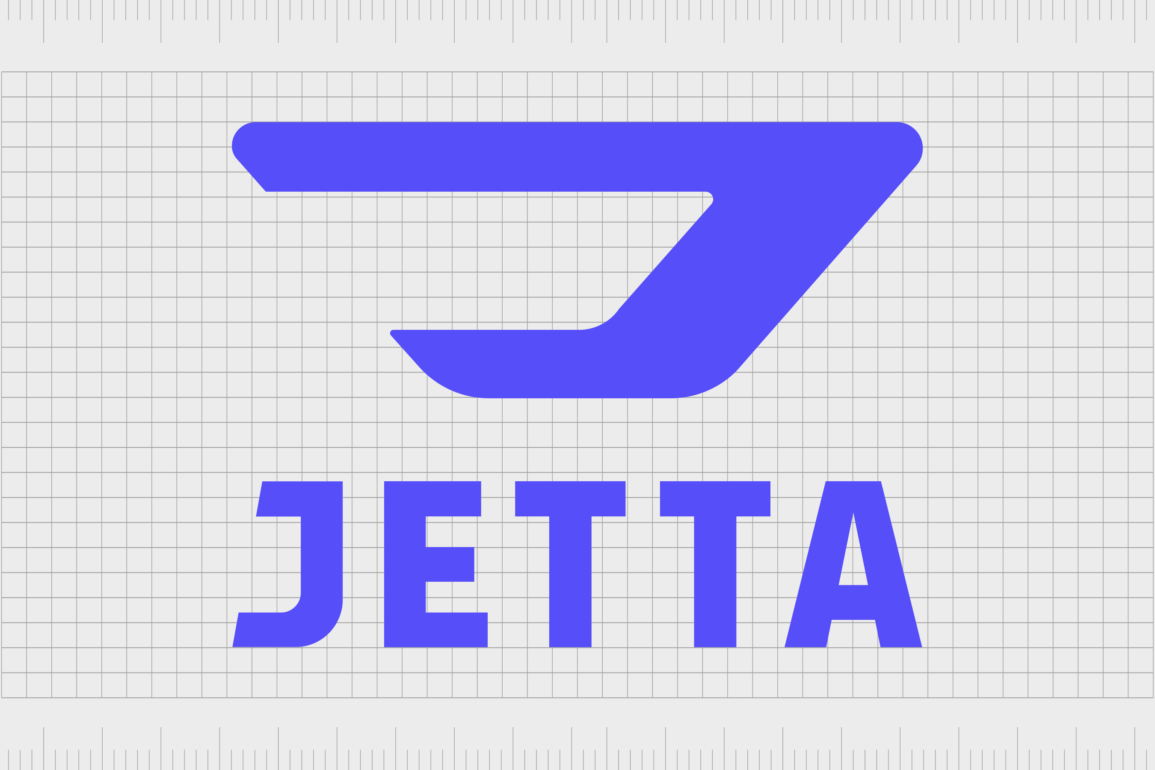IBM logo history, symbol, meaning and evolution: From tabulating to Big Blue
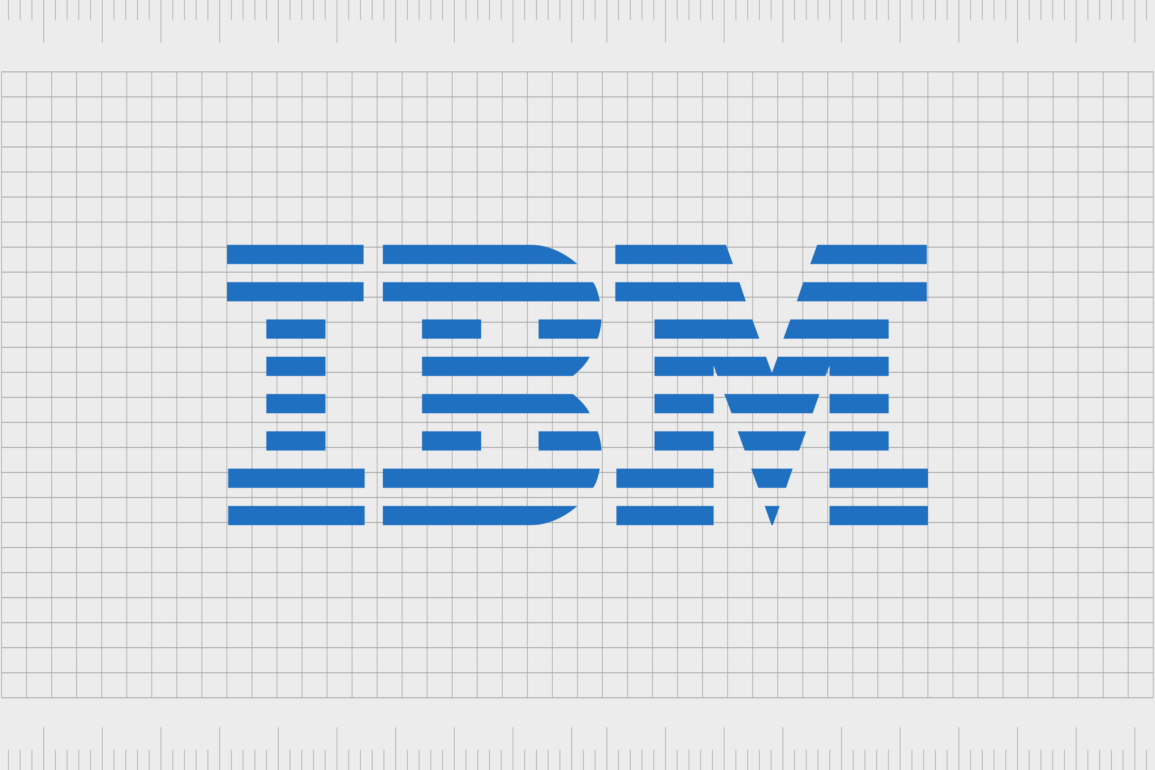
Today, the IBM logo is one of the most recognizable emblems in the technology landscape. Though the design is relatively simple, it’s an emblem often associated with strength and professionalism. Here’s your guide to IBM logo history.
The IBM symbol, like the company itself, has evolved numerous times over the years, growing increasingly more refined and impactful. Though it seems simple at a glance, particularly when compared with other technology logos, the symbol is undoubtedly powerful.
Interestingly, unlike most innovative companies, IBM is one of the few organizations to use multiple different logos in its branding and marketing materials.
Today, we’re going to take a closer look at the IBM logo, and the evolution of the brand.
Exploring the IBM symbol: What is IBM?
Before we examine the many different emblems introduced throughout IBM logo history, let’s take a moment to discuss the brand itself. IBM, otherwise known as the International Business Machines Corporation, is a multinational technology company.
With a presence in more than 175 countries worldwide, IBM has made a significant name for itself in the modern world. It specializes in everything from hardware to software, middleware, and even hosting and consulting services.
Today, IBM is also the largest industrial research organization in the world. It started life in 1911, as the Computing-Tabulating-Recording Company. However, it was renamed International Business Machines in 1924, a moniker commonly shortened to “IBM”.
Over the decades, IBM became a leader in various emerging technologies, from electric typewriters and calculators to electromechanical calculators and personal computers.
IBM logo history: The evolution over the years
IBM has made a handful of changes to its logo and branding over the years, often adapting to the design trends set by other market leaders. It wasn’t until around 50 years after the company launched that it discovered the foundations of the logos it would use for decades to come.

1889
Initially, IBM was created from the merger of two businesses, the Computing Scale Company, and the International Time Recording Company. The logo of the latter company was first introduced in 1889, featuring a stylish monogram, executed in a monochrome color palette.
The design matched the trends of the day, with powerful, serif-style letters and sharp edges.

1891
The second company which helped to form IBM, the Computing Scale Company, used a similar monogram logo. However, this emblem featured far more decorative elements, with an almost art deco appeal and thicker lines.

1911
When the two previous company merged, the new Computing-Tabulating-Recording Company was formed. The logo used for this nascent company was similar in style to the designs used by the previous brands, using the same monogram badge elements.
This new monogram combined elements of the decorative and more simplistic monograms from the previous organizations, to create an entirely new image, set inside of a thin circular border.

1924
In 1924, IBM updated its name to “International Business Machines”, and created a new logo to accompany the rebranding. The updated emblem was very different to its predecessor. The monogram was replaced with a circular design, similar to that of a globe, created using the IBM name.
The bold, sans-serif inscription placed the word “Business” on the top of the globe, and “Machines” on the bottom, with the word “International” separating the two sections in the center. The design was intended to show IBM’s focus on entering the global market.
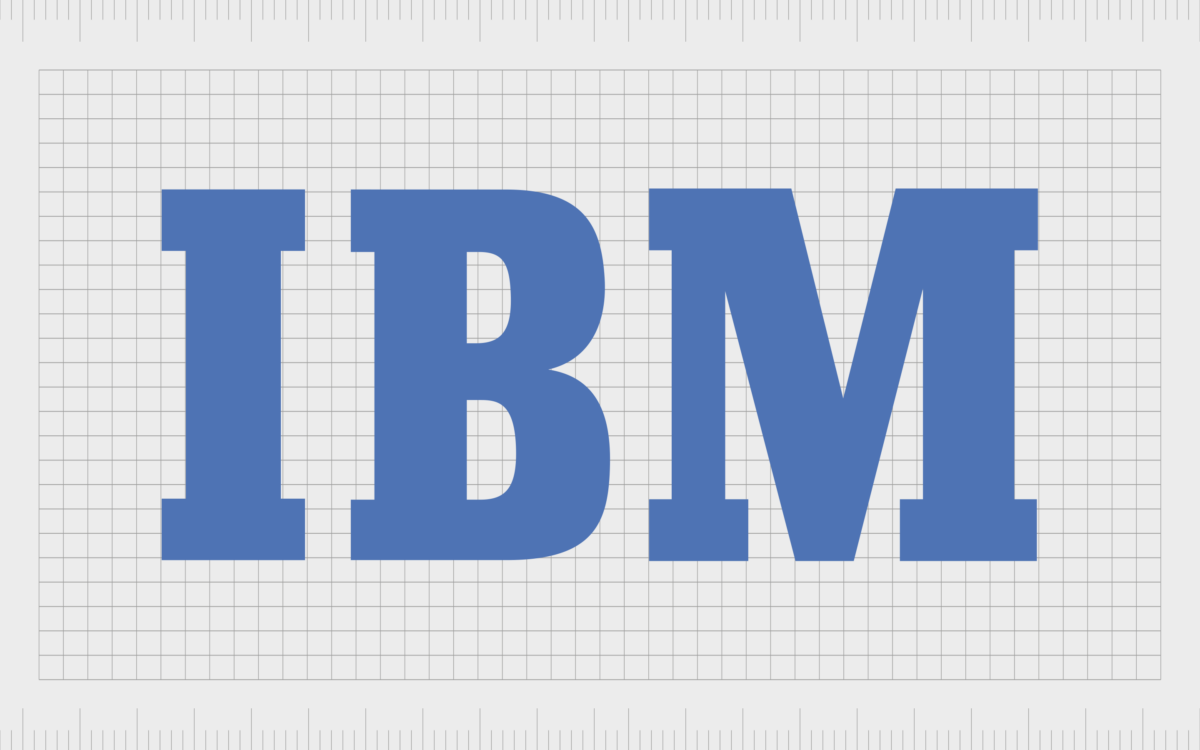
1947
After choosing to officially shorten its name, IBM created a far simpler, more modern logo, with fewer decorative elements. The new IBM symbol simply featured the three letters of the acronym, presented in a blocky, sans-serif font.
The square-style letters were presented in a soft shade of blue, a color commonly associated with trust, reliability, and credibility.

1956
Soon after, in 1956, IBM decided to refine its logo even further, stretching the letters and giving each line equal weight and balance. The color palette remained the same, but the serifs on the characters were elongated, making them more clear and visible.
The white space within the “B” was also updated to feature two white squares, giving the logo a more geometric appearance.

1967
In 1967, IBM introduced the first version of its iconic “striped” logo. The design was a modified version of the previous emblem, where the blue letters were horizontally cut into 13 strips. The design was intended to showcase the modernity of the brand.

1972
Five years later, IBM updated its striped logo into the image still in use by the organization today. The blue coloring was made slightly darker, to symbolize strength and sophistication. The number of lines was reduced to eight, and each strip was thickened.
The new logo, created by Paul Rand, gave a stronger sense of balance to IBM’s visual identity, helping the brand to stand out in its industry.

1981
During 1981, IBM also worked with Paul Rand to create another version of its logo, which still appears in some branding assets today. The new logo was a pun on the company’s name, featuring the “M” from the previous logo, alongside an eye image, and a bee.

2018
During 2018, IBM simplified its logo yet again, creating a variation of its block acronym-style emblem in grey and white. The design featured the letters of the IBM name in the same blocky font used by the business previously, set on a grey rectangular background.
This logo is also used alongside the striped Big Blue logo as an official marketing asset. The bolder logo represents the dependability and stability of the IBM brand.
IBM logo meaning: What is the meaning behind the IBM logo?
Though all of the versions of the IBM logo used today may seem relatively straightforward, they all have their own unique purpose. The IBM logo featuring the bee and eye graphics is intended to show the playfulness and intelligence of the brand.
The IBM symbol created in 2018 showcases strength and stability, highlighting the organization’s corporate personality and dependability.
What do the horizontal lines in the IBM logo represent?
Perhaps the most recognizable IBM logo of all is still the striped, blue logo, which helped the company earn the nickname “Big Blue”.
Though minimalistic, this logo was instantly successful. The unique take on the linear design set IBM apart from virtually every other company in its industry at the time. The design looks amazing in virtually every setting, and stands out across a host of branding assets.
The lines on the IBM logo convey a sense of dominance, professionalism, and strength. The image is symbolic of the company’s values, purpose, and mission.
Why is IBM logo a bee?
While the Bee logo created for the IBM brand might not be the most famous emblem used by the company, it remains an important part of the company’s branding strategy.
Today, the IBM company uses the bee symbol as a standalone icon for the favicon on its website, as well as other app icons. The bee image is intended to be representative of the company’s speed and agility when it comes to delivering services.
The IBM symbol: Fonts and colors
Every logo created by IBM has served an important purpose for the company. The organization’s robust branding history provides an insight into its quest to consistently demonstrate the right core characteristics to its audience.
While the bee logo symbolizes speed and friendliness, the block acronym logo demonstrates dependability. The lined logo showcases the innovation of the organization, its creativity, and its commitment to thinking “outside of the box”.
You can find some examples of the IBM logo linked here:
What color is the IBM logo?
As mentioned above, IBM has a few different logos in use today, each with their own distinctive color palette. The logo featuring the eye, bee, and “M” character is usually depicted in black on a white background.
The IBM logo colors for the block acronym logo features white font on a grey background, while the striped logo is depicted in a shade of deep, soothing blue. The exact color of blue is known as “IBM blue”:
Hex color: #006699
RGB: 75 107 175
CMYK: 75 43 0 0
Pantone: PMS 2718 C
What font does the IBM logo use?
IBM has long relied on a relatively geometric, squared font to showcase its brand to its customers. The customized serif font is known as “IBM Plex”, and features large, squared serifs, with thick lines for each of the letters.
The IBM logo font is similar in some ways to the City Medium font, with a few modifications to make it appear more solid, robust, and grounded.
The unforgettable IBM logo
The IBM logo is a symbol of strength, stability, innovation, and speed. All of the logos used by the company today say something important about the values and missions of the company. They help IBM to connect with a wide range of customers, in regions around the world.
Although IBMs logo designs may be minimalistic, they’re exceptionally well-done. Each logo further enhances the visual identity of the company, and sets the business apart from its competitors.
Fabrik: A branding agency for our times.


